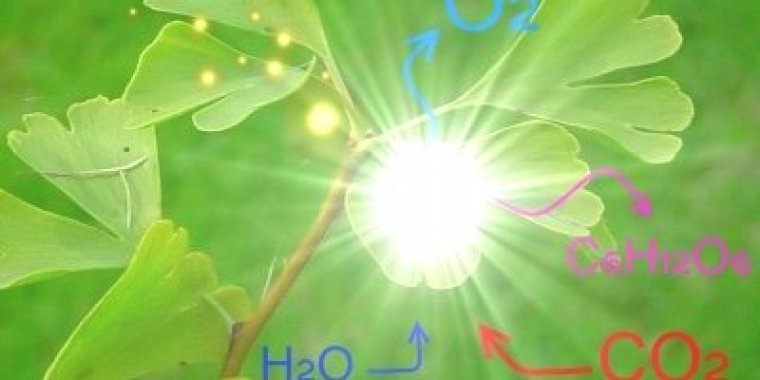| News / Science News |
Artificial Leaves Convert CO2 to Fuel 10 Times More Efficient Than Nature
Researchers have proposed a design solution that could improve leaf, which would use carbon dioxide from the air, and convert CO2 to fuel at least 10 times more efficient than natural leaves.
Artificial leaves mimic photosynthesis -- the process whereby plants use water and carbon dioxide from the air to produce carbohydrates using energy from the sun. But even state-of-the-art artificial leaves, which hold promise in reducing carbon dioxide from the atmosphere, only work in the laboratory because they use pure, pressurized carbon dioxide from tanks.
But now, researchers from the University of Illinois at Chicago have proposed a design solution that could bring artificial leaves out of the lab and into the environment. Their improved leaf, which would use carbon dioxide -- a potent greenhouse gas -- from the air, would be at least 10 times more efficient than natural leaves at converting carbon dioxide to fuel.
Unhooking the pressurized carbon dioxide supply from these leaves means that they must have a way to collect and concentrate carbon dioxide from the air to drive their artificial photosynthetic reactions.
Researchers proposed solving this problem by encapsulating a traditional artificial leaf inside a transparent capsule made of a semi-permeable membrane of quaternary ammonium resin and filled with water. The membrane allows water from inside to evaporate out when warmed by sunlight. As water passes out through the membrane, it selectively pulls in carbon dioxide from the air.
The artificial photosynthetic unit inside the capsule is made up of a light absorber coated with catalysts that convert the carbon dioxide to carbon monoxide, which can be siphoned off and used as a basis for the creation of various synthetic fuels. Oxygen is also produced and can either be collected or released into the surrounding environment.
According to their calculations, 360 leaves, each 1.7 meters long and 0.2 meters wide, would produce close to a half-ton of carbon monoxide per day that could be used as the basis for synthetic fuels. Three hundred and sixty of these artificial leaves covering a 500-meter square area would be able to reduce carbon dioxide levels by 10 percent in the surrounding air within 100 meters of the array in one day. (Tasnim News Agency)
YOU MAY ALSO LIKE




